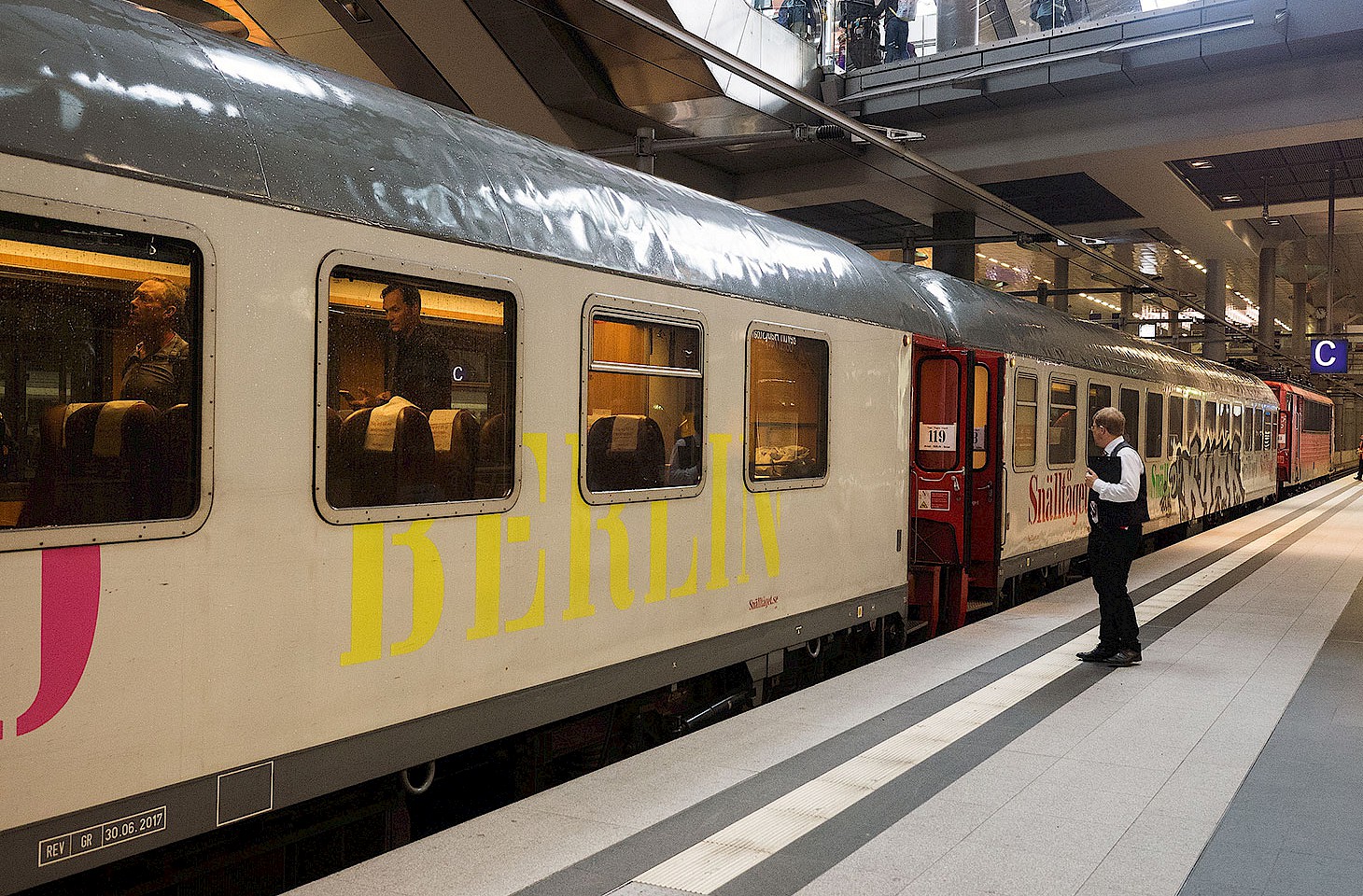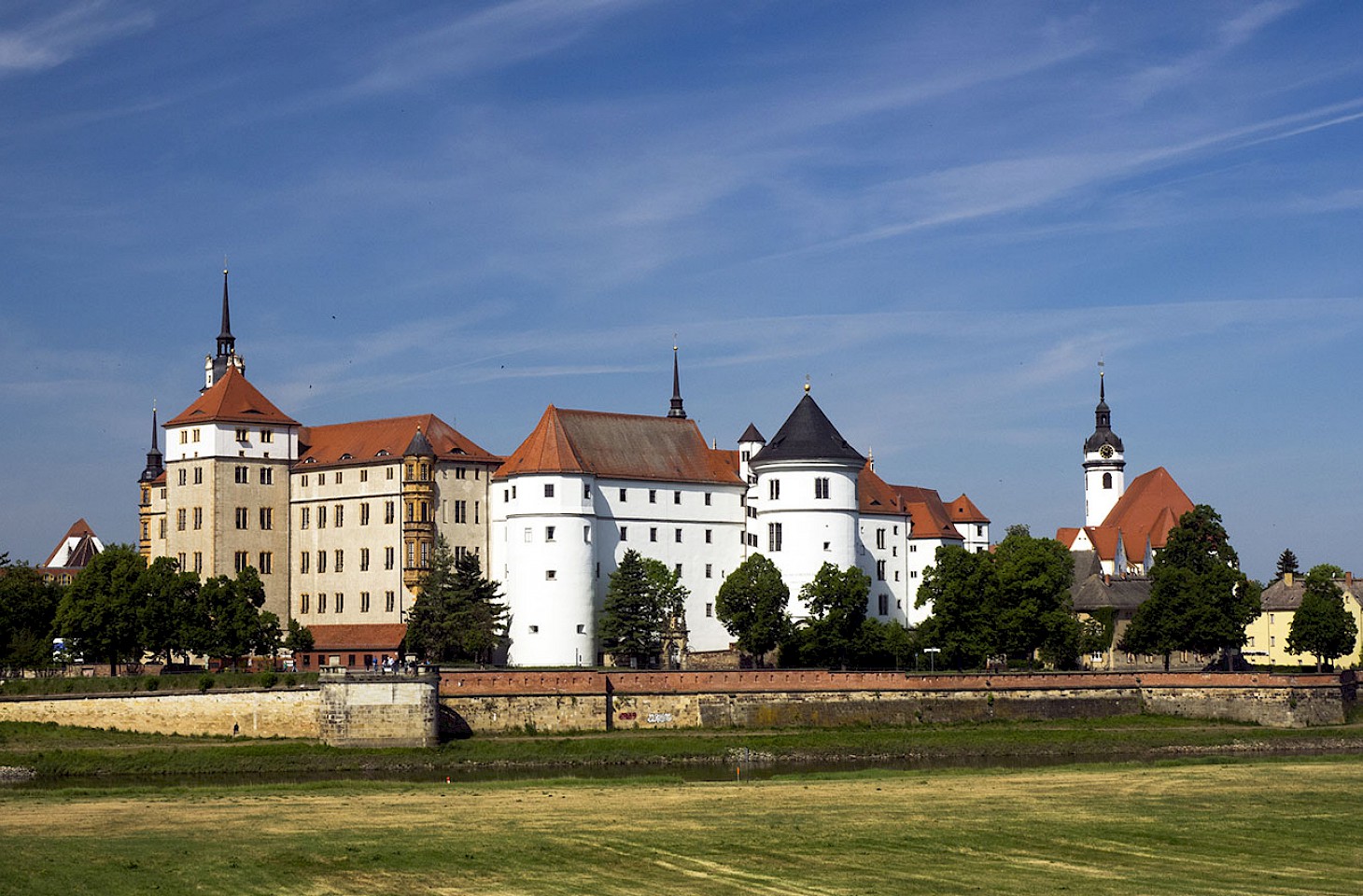As the poet Fernando Pessoa would tell you, there is no better time to visit Lisbon — “luminous Lisbon” to Pessoa — than winter. At that season, the sun is slant, the light weak and diffuse, the streets mostly empty, and the rain gusting in from the Atlantic Ocean sleeks the pavements with a damp skein which turns them a grey mother-of-pearl. Visitors who favour leathersoled shoes discover, as they walk the seven hills of Lisbon, that the streets of the Portuguese capital are paved with fine, pale, slippery stones.
I slipped of course. Everyone does. But not everyone who falls on Lisbon pavements is carrying Pessoa with them. In one hand I held the appropriately named The Book of Disquiet. I was ill-advisedly trying to open an origami popout map of Lisbon with the other hand. From the discomfort of the hard pavement, I could observe Lisbon from an unusual angle. It was a Pessoan moment, for no-one specialised more than Pessoa in observing and recording Lisbon life from unusual angles.
***
Lisbon’s air “is a hidden yellow, a kind of pale yellow seen through dirty white. There is scarcely any yellow in the grey air. But the paleness of the grey has a yellow in its sadness,” according to Bernardo Soares, putative author of The Book of Disquiet .
From ‘Lisbon: What the Tourist Should See’ by Fernando PessoaFor the traveller who comes in from the sea, Lisbon, even from afar, rises like a fair vision in a dream, clear-cut against a bright blue sky which the sun gladdens with its gold. And the domes, the monuments, the old castles jut up above the mass of houses, like far-off heralds of this delightful seat, of this blessed region.
But the term ‘author’ is a contestable one in Pessoa’s literary world. Pessoa wrote The Book of Disquiet but ascribed it to a clerk called Bernardo Soares who existed only in Pessoa’s imagination. To sustain the fable that Soares was the ‘real’ author of The Book of Disquiet, Pessoa even wrote a preface to the book in his own name.
Bernardo Soares was Pessoa’s alter ego, an assistant bookkeeper who lived in a rented room and worked for a textile trading firm in the Rua dos Douradores, close to Pessoa’s own workplace. It is one of the drabber streets in the bustling commercial district of Baixa.
Here is Soares’ take on the road he calls home: “I know: if I raise my eyes, I’ll be confronted by the sordid row of buildings opposite, the grimy windows of all the downtown offices, the pointless windows of the upper floors where people still live, and the eternal laundry hanging in the sun between the gables at the top, among flower-pots and plants.”
Not much happens in Rua dos Douradores except for the occasional sound of someone practising scales. The washing still hangs between the gables. Just as Soares observed.




